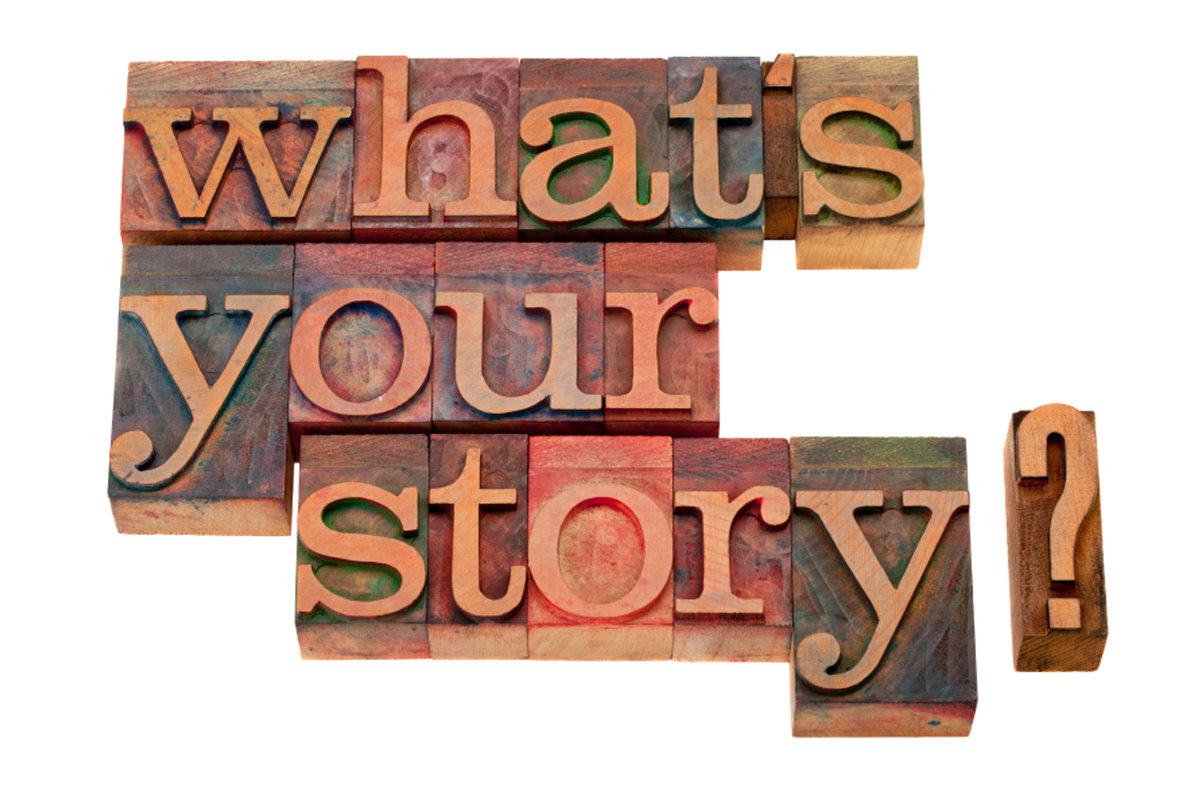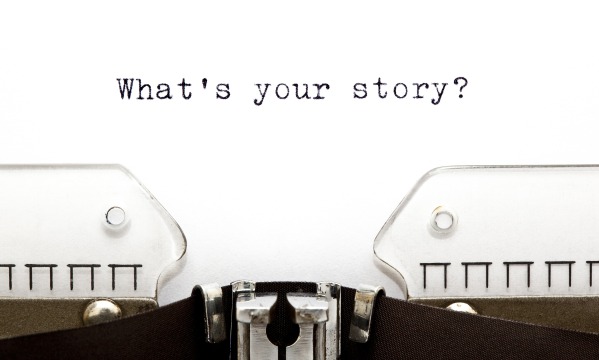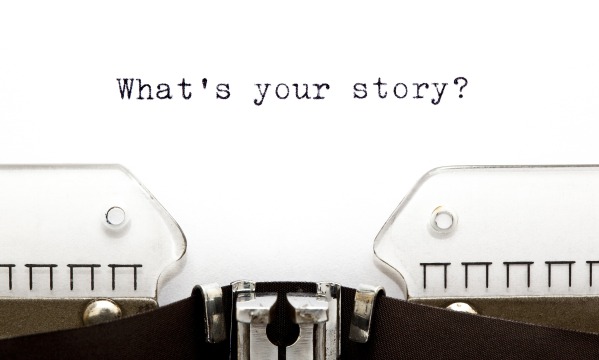In part one of our storytelling series, we discussed what storytelling entailed when sharing your brand withconsumers, and why it is important for your company. In part two we unpacked what kind of story you should tell in order to have the greatest impact and positively influence your customers.
Now, in our third and final part of the storytelling series, we will discuss how to share the story of your brand.
So, without further, adieu, what is the most effective medium?
The most effective medium is a conscious marketing department with good listening skills.
There is no singular best medium. In fact, any medium can be used to tell a story! This includes print articles, online blogs, films, commercials, social channels and multimedia. It’s how well you match the story with the medium.
Why? Each medium has its strengths and weaknesses and will elicit a different response from your audience. A commercial, for example, contains an ‘awe’ factor, where sound, imagery and video can evoke grand emotions in a short span of time. Print
A commercial, for example, contains an ‘awe’ factor, where sound, imagery and video can evoke grand emotions in a short span of time.
Print articles, on the other hand, are better suited to educate an audience rather than entertain. Short and flashy messages work best on television and the
Short and flashy messages work best on television, while a Twitter conversation or online forums can provide a personal connection through dialogue.
As a result, how you tell your story must be tailored to fit the chosen medium, and the medium you chose must compliment your story. The pairing of a story and the medium through which it will be shared is crucial for success.
How do you master the art of pairing a medium with a story?
First and foremost, in order to be a good storyteller you need to take the time to listen to your audience to start to understand their wants, beliefs, and values. The saying that we have two ears and one mouth is a good one – listen to that! With this understanding, you can properly decide which medium will most effectively convey your story to your consumers.
This act of listening and understanding is permanent; you must make a commitment to continue to listen to your audience as you share your story so you can assess their reactions and reassess your strategy. You can use this information to help determine how your brand will evolve, so it can grow in harmony with its consumers.
As a storyteller, listening is just as important as sharing.
So, as stated, there is no one ‘best’ medium. Rather, harnessing qualities of emotion, genuineness, and personal connection is the essence of good storytelling.





